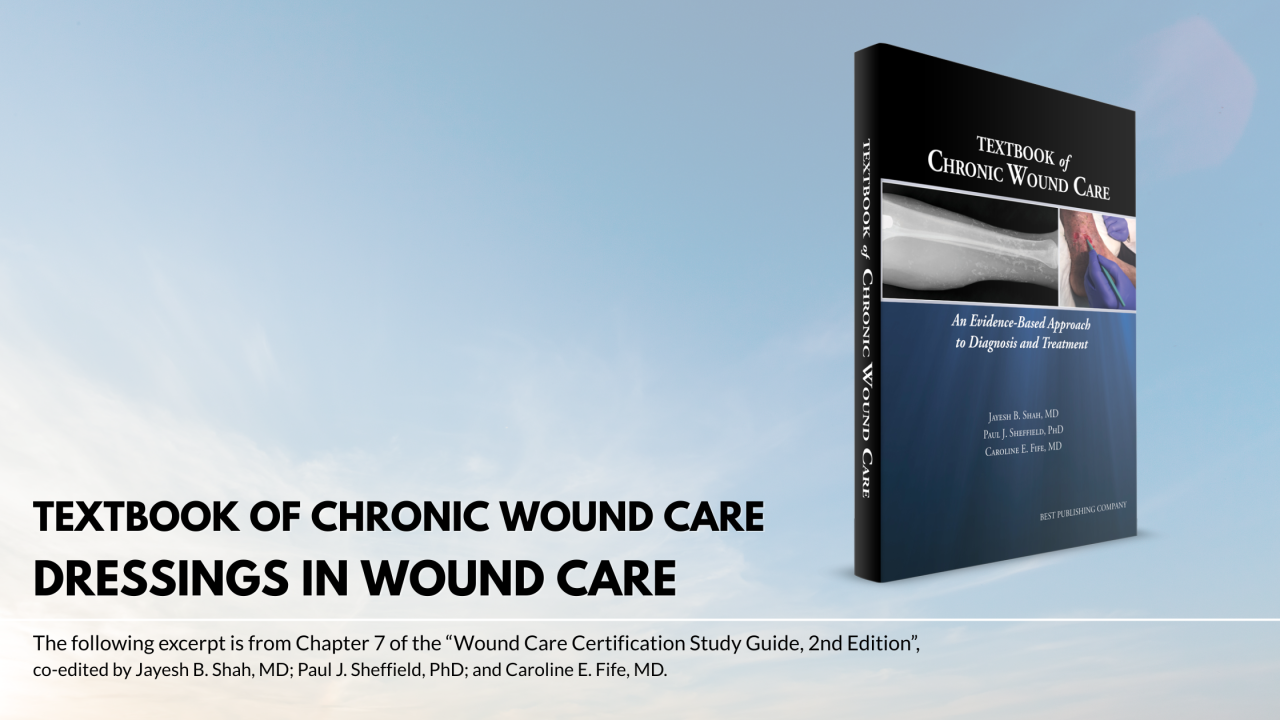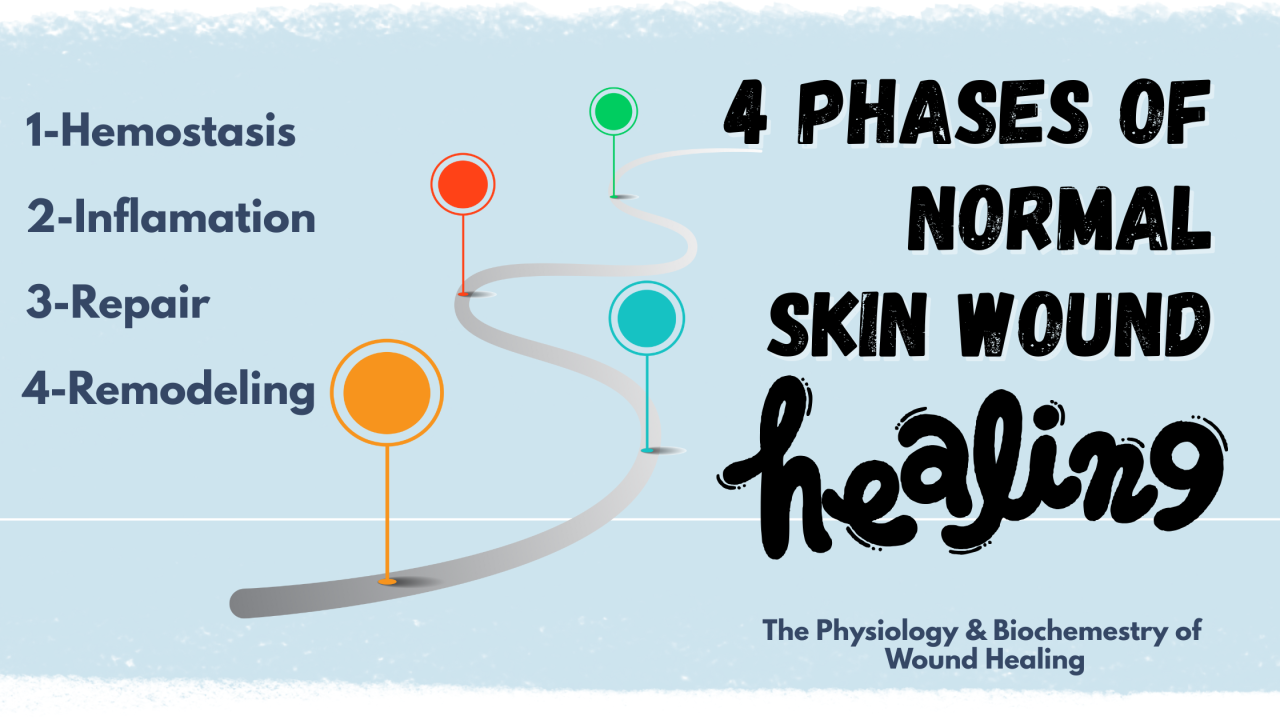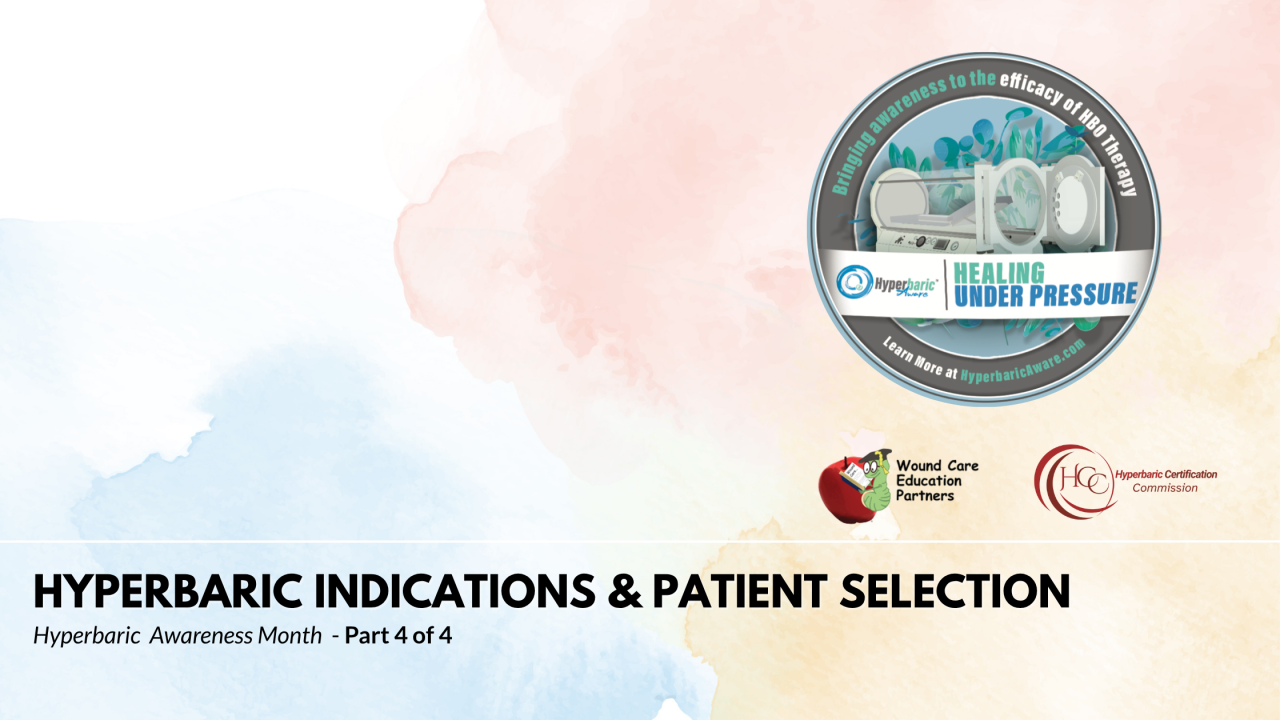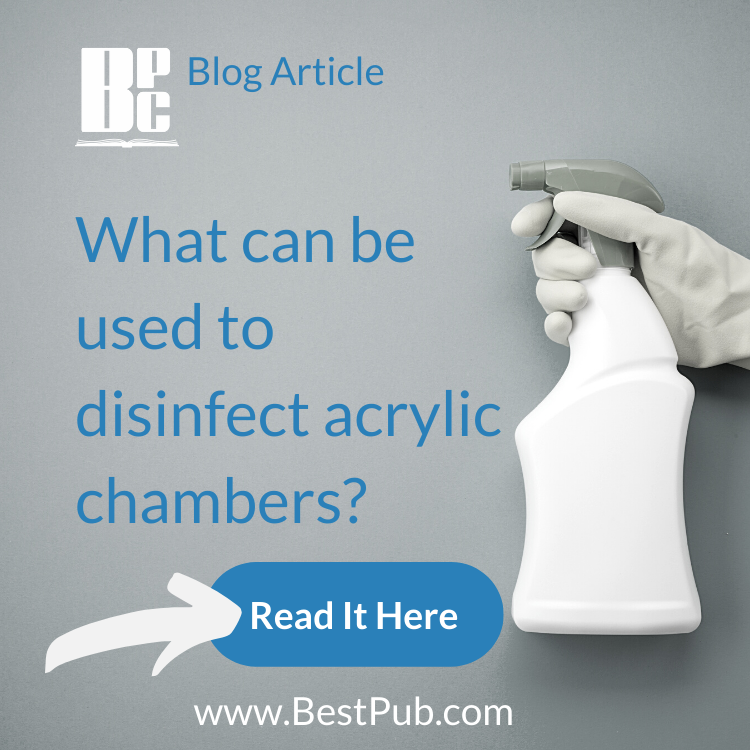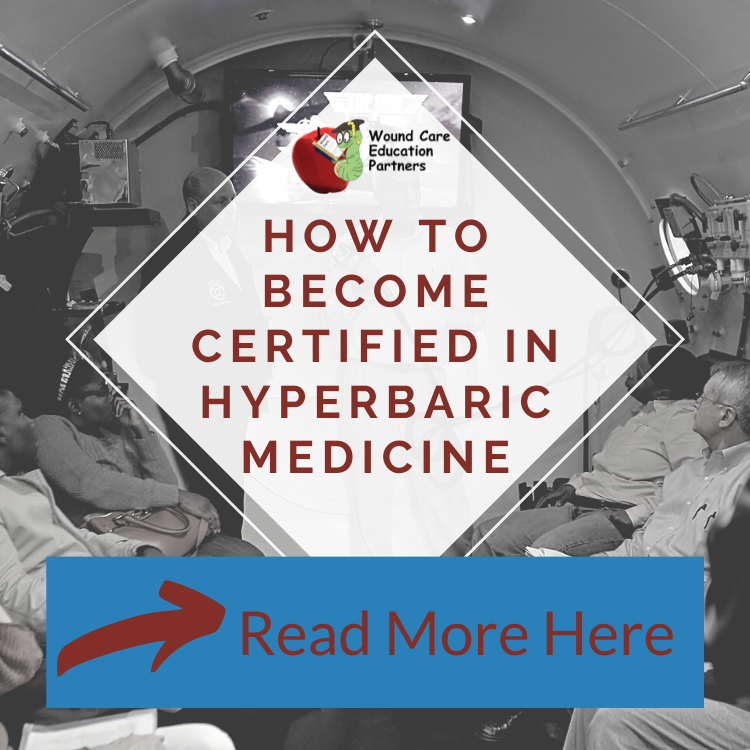Wound cleansing and disinfection
All wounds should be cleansed at each dressing change, before and after debridement, and in the event of contamination using a neutral, nonirritating, nontoxic solution, and routine cleansing should be accomplished with every effort to minimize chemical and/or mechanical trauma.(60-61) An exception to the requirement for routine cleansing may be the recent application of a skin graft or cellular tissue product, which should be left undisturbed; in this case the surrounding skin should be cleansed.
Holiday Customer Support Closure
Please note that our customer support will be closed for the holidays starting December 24th through January 4th.
DEPTH Blog
Acute wounds normally heal in an orderly and efficient manner and progress smoothly through the four distinct but overlapping phases of woundhealing: hemostasis, inflammation, repair, and remodeling (Figure 1). The process of wound healing is complex and involves a variety of specialized cells, such as macrophages, fibroblasts,and epithelial and endothelial cells. These cells interact with each other and with the extracellular matrix. In addition to the various cellular interactions, healing is also influenced by the action of proteins and glycoproteins, such as cytokines, chemokines, growth factors, inhibitors, and their receptors. Each stage of woundhealing has certain milestones that must occur in order for normal healing to progress.
Here is the final blog from our month long focus of celebrating Hyperbaric Awareness Month.
Thank you #HyperbaricAware #hyperbaricawareUSA and #UHMS

